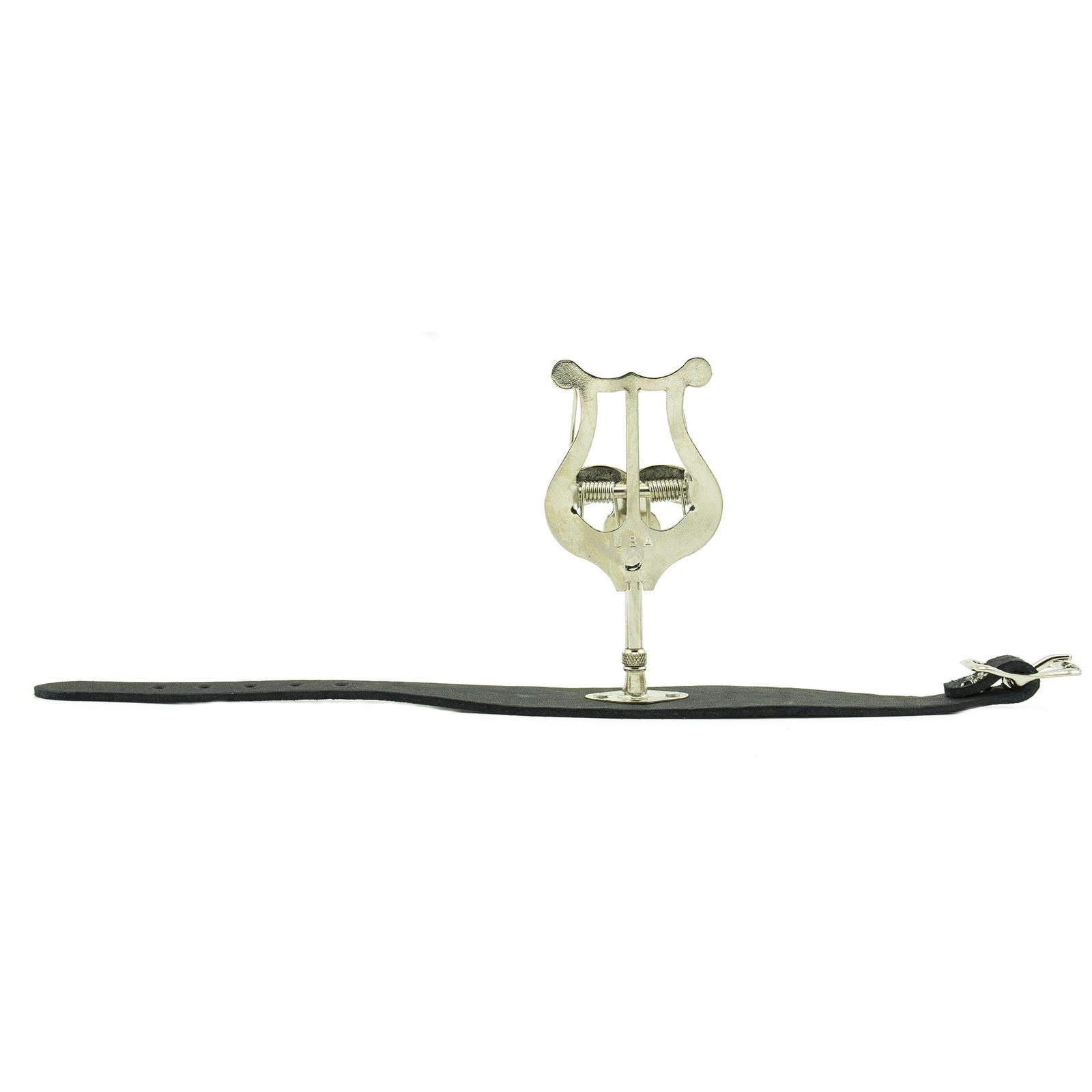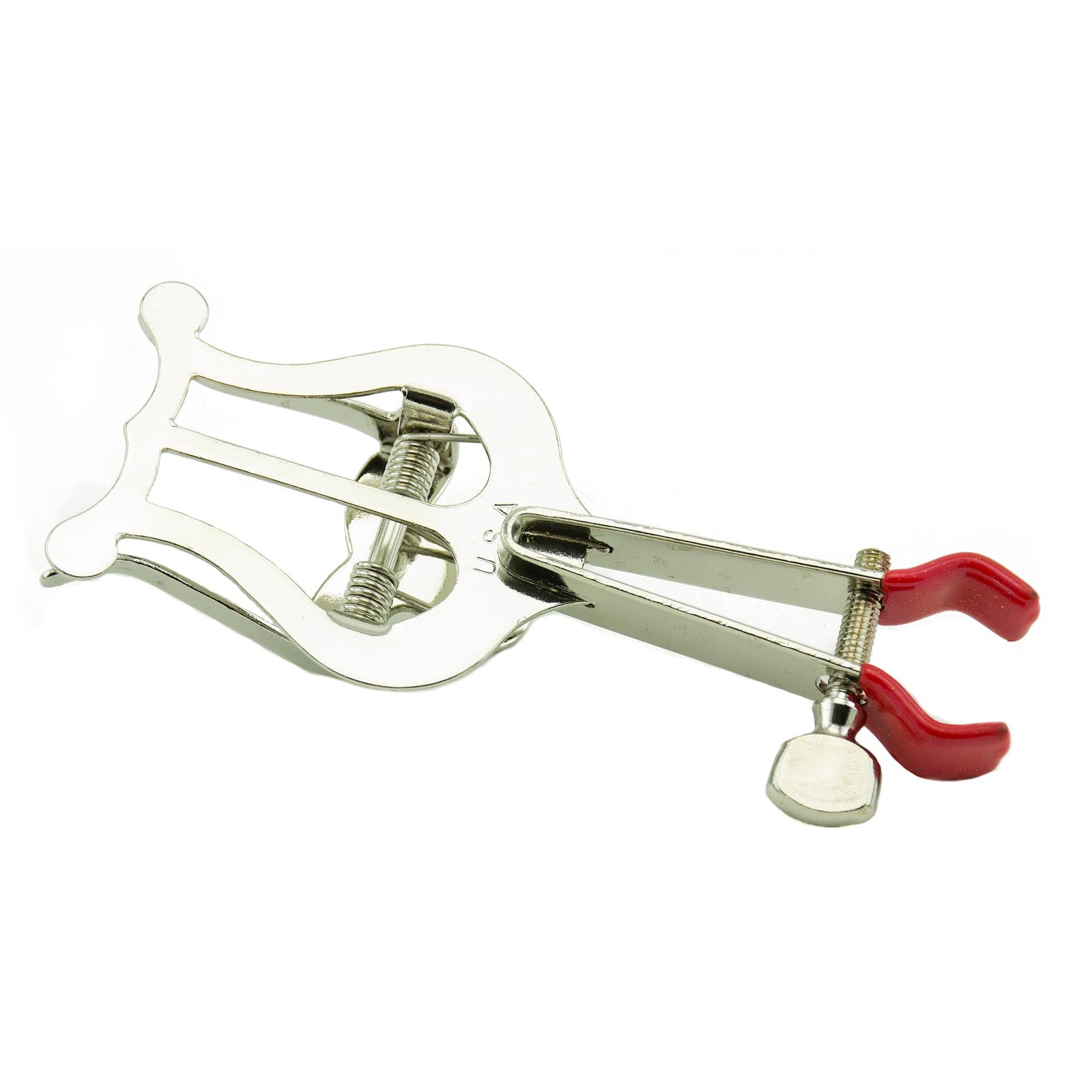
Selmer Paris K-Modified Genuine Trumpet Small Hardware Screw / New Old Stock.Following many of the titles in our Wind Ensemble catalog, you will see a set of numbers enclosed in square brackets, as in this example. Selmer Paris K-Modified Genuine Trumpet Small Lyre - Stop Screw / New Old Stock. Selmer Paris K-Modified Genuine Trumpet Lyre - Finger Ring Screw / New Old Stock.
(brass model shown) Category: Trumpet Lyress Item: 078713 Grade: List Price. Larger 3/8-inch thick shaft for use on Yamaha brand instruments. Bend in shaft faces forward, away from the player. For Instrument: Cornet, Trumpet, Type: Marching Lyre.Trumpet Lyre, Bent Shaft - nickel plated Bent shaft lyre for use with instruments that have a square 'front and back' lyre receiver. Read more about the condition.
Instrument is in very good condition apart from surface scratching and. Used Yamaha YTR-9830 Bb/A piccolo trumpet in silver plate, includes both Bb & A leadpipes in trumpet shank. Selmer Selmer Alto / Tenor Saxophone Lyre Lacquer - Traditional Bend (No reviews yet) Write a Review.
These are linked to their respective principal instruments with either a "d" if the same player doubles the instrument, or a "+" if an extra player is required. Any additional instruments (Piano in this example) are indicated by "w/" (meaning "with") or by using a plus sign.This woodwind quartet is for 1 Flute, no Oboe, 1 Clarinet, 1 Bassoon, 1 Horn and Piano.Sometimes there are instruments in the ensemble other than those shown above. The first number stands for Flute, the second for Oboe, the third for Clarinet, the fourth for Bassoon, and the fifth (separated from the woodwinds by a dash) is for Horn. Most alto saxophone mouthpieces, such as Yamaha, Selmer, Meyer and other rubber and plastic mouthpieces.The bracketed numbers tell you the precise instrumentation of the ensemble.


In addition, there are often doublings in the Trumpet section- Piccolo and Flugelhorn being the most common. It consists of the forces 414.01, and often includes Percussion and/or Tympani. This is a special instrumentation adopted and perfected by the Philip Jones Brass Ensemble. Brass Sextet and greater - No Standard InstrumentaionPeople often ask us about "PJBE" or "Philip Jones" instrumentation. Brass Quintet - 2 Trumpets, Horn, Trombone & Tuba, or
The set of numbers after the dash represent the Brass. The first set of numbers (before the dash) represent the Woodwinds. The system used above is standard in the orchestra music field.

Note also that the separate euphonium part is attached to trombone with a plus sign. Note the inclusion of the saxes after bassoon for this band work. This ficticious work is for 2 flutes (plus piccolo), 1 oboe, 3 clarinets plus alto and bass clarinets, 2 bassoons, 5 saxes (soprano, 2 altos, tenor & bari), 2 trumpets (plus 2 cornets), 3 trombones, euphonium, tuba, tympani, percussion and double bass. Sometimes strings are simply listed as "str," which means 44322 strings.Example 2 - Jones: (concert band/wind ensemble example)The second example is common for a concert band or wind ensemble piece. Strings are a standard 44322 configuration (4 first violin, 4 second violin, 3 viola, 2 cello, 2 bass).
Unless otherwise noted, we will use this system for both orchestra and band works (in most band scores, Trumpet precedes Horn, and sometimes Oboe & Bassoon follow Clarinet). This is standard orchestral nomenclature. It is an orchestral work for piccolo, 2 flutes (1 of whom doubles on piccolo), 1 oboe, 2 clarinets plus an additional bass clarinet, 1 bassoon, 2 horns, 2 trumpets (plus an optional 2 cornets), 3 trombones, no tuba, percussion, tympani, 6 first violins, 6 second violins, 4 violas, 3 cellos, 2 double basses, Eb clarinet (as an additional chair, not doubled), 5 saxes (soprano, 2 alto, tenor & baritone) & a trombone soloist.Note: This system lists Horn before Trumpet. The numbers represent only distinct parts, not the number of copies of a part.Example 3 - MacKenzie: (a fictional work, by the way).In the third example, we have a rather extreme use of the system. Multiples, if any, are not shown in this system. It is highly typical of band sets to have multiple copies of parts, especially flute, clarinet, sax, trumpet, trombone & percussion.
Letters that are duplicated (as in A in this example) indicate multiple parts. However for band music, they are commonly present and therefore will be indicated after bassoon as something similar to "SAATB" where S=soprano, A=alto, T=tenor and B=baritone. Typically, orchestra scores have the tuba linked to euphonium, but it does happen where Trombone is the principal instead.Saxophones, when included in orchestral music (they rarely are) will be shown in the "other instrument" location after strings and before the soloist, if any.


 0 kommentar(er)
0 kommentar(er)
